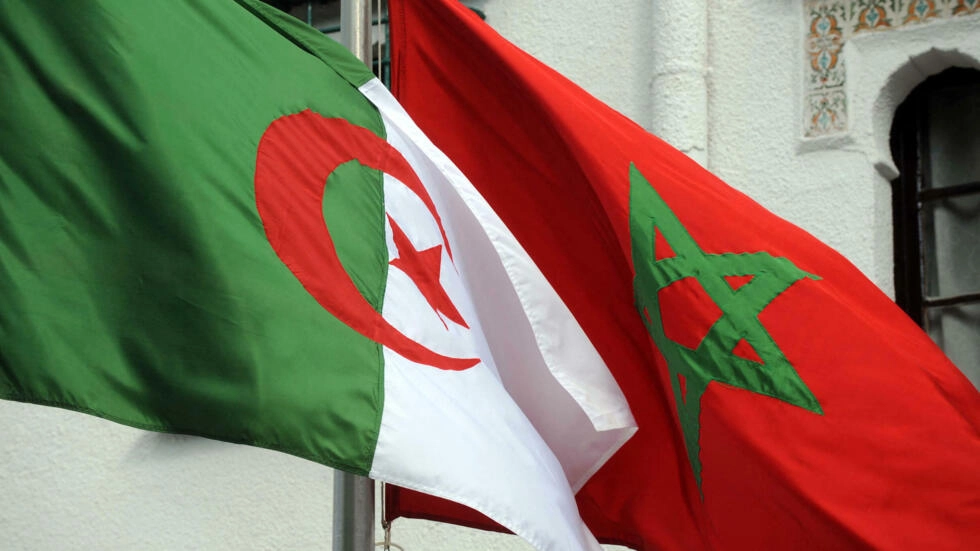MARRAKESH — Morocco is emerging as a vibrant hub for numerous industries, with a raft of global manufacturers operating and building factories in the country on the northern tip of Africa.
Major automakers and aircraft producers are among the companies expanding into the country, capitalizing on a relatively well-developed infrastructure and high standard of public safety.
Because of its free trade agreements with both the European Union and the U.S. as weel as its proximity to major European markets, Morocco could become an export juggernaut.

In October, Canadian aircraft maker Bombardier unveiled a plan to build a factory in Casablanca, the country’s largest city, where it would make railway-related equipment.
Bombardier plans to hire 600 workers for the 40,000-sq.-meter complex, which will also house an engineering center.
The company hasn’t revealed a time frame for the project but is expected to start construction as early as next year.
The aircraft maker plans to use the new facilities in Casablanca as a springboard to expand into the rest of Africa.
French transport and energy giant Alstom has supplied streetcars to Casablanca and is involved in building a high-speed railway slated to start service in 2018.
A former French colony, Morocco is home to many French companies. Alstom has been in the country for over four decades and operates a joint venture that makes cables.
Bombardier also operates an aircraft parts plant in a Casablanca suburb. The company started production of aircraft-related parts in Morocco in 2013 and may expand.
Airbus is following the trend. In December 2015, the European aircraft maker began building a plant to make parts for its A320 and A350 jetliners, investing a total of 40 million euros ($42.8 million).
Boeing recently joined the growing ranks of Western corporations expanding their operations in Morocco. The U.S. aircraft powerhouse announced a plan to start purchasing parts for its airplanes in the country.
Morocco has a long history of exploiting its proximity to Europe to attract automakers. Renault of France has been leading the carmaking pack. It runs two plants in the country that are expected to crank out some 340,000 vehicles in 2016.
Many of these Renaults get exported to Europe from the port in Tangier, the northern Morocco city once famous as a spy haven.
Renault’s rival Grope PSA (formerly the PSA Peugeot-Citroen group) has also decided to expand its manufacturing operations into Morocco. PSA plans to be making 90,000 vehicles in the country in 2019 and to eventually expand that figure to 200,000.
Unlike Renault, PSA will also make engines in the country. The group’s total operational investment in Morocco is estimated at 560 million euros.
Many suppliers and other related companies are also operating or planning to operate in the country.
Japanese auto parts makers Yazaki and Sumitomo Wiring Systems make wire harnesses at plants staffed with many locals.
Kansai Paint and Asahi Glass have their own plans for Morocco.
All these companies see the same thing — a good export base.
In 2000, Morocco concluded a free trade agreement with the EU. Six years later, it struck a similar deal with the U.S.
Morocco now has free trade agreements with over 50 countries. This web puts the country in great position to serve as an operational base for companies wanting to build their presence in Europe and Africa.
The big magnet for automakers is Morocco’s closeness to Europe — only the Strait of Gibraltar separates the two. It’s a mere 20km boat ride to Spain.
Carmakers in Morocco can export vehicles to Europe from a port near Tangier without having to worry about paying tariffs in the destination countries. In addition, they can take advantage of Morocco’s low labor costs.
Another plus is Morocco’s stable political situation. The country of 33 million has a king and constitutional monarchy.
And although it is an Islamic country, Morocco is known for its religious tolerance.
Source: Morocco becoming a major export base- Nikkei Asian Review














